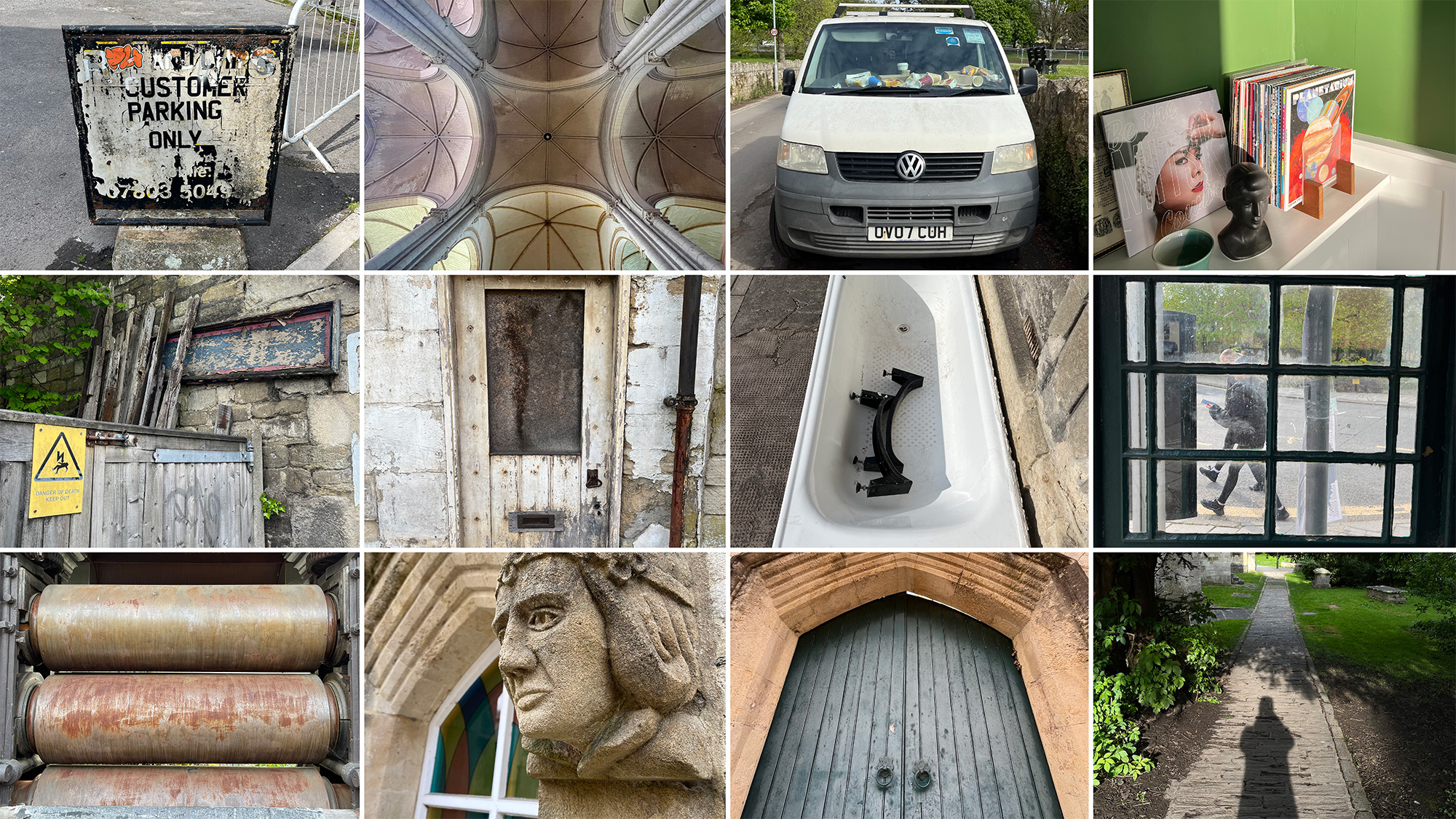'Burner photos' – why rubbish shots are an integral part of the creative process
This film photographer's concept of 'burner photos' is genius! Here's why bad photos will help you to grow as a photographer...

I recently came across an Instagram Reel by photographer and YouTuber, Lucy Lumen (@lucy_lumen), on the subject of ‘burner photos’. She refers to these photos as “the s**t shots, the B sides, the in-between photos.” If you’re anything like me, you’re probably thinking, no sweat, I take plenty of s**t shots. But the real value here is how burner photos can become an important part of the creative process.
Lucy talks of ‘bad photos’ as being part of “an artist’s journey towards the images that will become more praised or popular in the future.” But more than that: “Over time, you even grow to like the B sides more than the hit single because it feels unique and special.”
A post shared by Lucy Lumen (@lucy_lumen)
A photo posted by on
This is a great ethos. And in many ways, it aligns with my colleague, Kalum Carter’s words on the importance of a photography series – why one image isn’t always enough! It’s very easy as a photographer to get wrapped up in the process of creating the best photograph possible. And while there’s nothing inherently wrong with that, do it all the time and it could stifle your growth as a photographer.
Loosening the reins and capturing 'burner photos' is an integral part of a photographer’s development. They get you out into the world with your camera, they help you develop your observational skills and they build your eye for composition. This is why many photographers like to carry around the best compact cameras, like the Fujifilm X100VI. And if you don’t have a small camera you can keep with you at all times, just use your camera phone.
But Lucy is a film photographer, and her message is especially important for anyone who’s into analog photography. We all know that film – and the cost to develop it – is expensive. And a byproduct of this is the temptation to be extremely precious when shooting film.
Now, I’m not suggesting film photographers throw caution to the wind completely. But knowing that 'burner photos' are an important part of the creative process may help you loosen up your film photography habits slightly, while also reducing that nagging feeling of guilt when a roll of film doesn’t turn out your best work.
And if you're looking for a way to capture more 'burner photos' then I suggest planning a 365 photography project.
Get the Digital Camera World Newsletter
The best camera deals, reviews, product advice, and unmissable photography news, direct to your inbox!
You may also like...
Interested in film photography? Check out the best film cameras and the best film for 35mm cameras. And if you're after more opinions, here's why I want an all-black OM System OM-3!

Mike is Digital Camera World's How To Editor. He has over a decade of experience, writing for some of the biggest specialist publications including Digital Camera, Digital Photographer and PhotoPlus: The Canon Magazine. Prior to DCW, Mike was Deputy Editor of N-Photo: The Nikon Magazine and Production Editor at Wex Photo Video, where he sharpened his skills in both the stills and videography spheres. While he's an avid motorsport photographer, his skills extend to every genre of photography – making him one of Digital Camera World's top tutors for techniques on cameras, lenses, tripods, filters and other imaging equipment – as well as sharing his expertise on shooting everything from portraits and landscapes to abstracts and architecture to wildlife and, yes, fast things going around race tracks...
You must confirm your public display name before commenting
Please logout and then login again, you will then be prompted to enter your display name.
